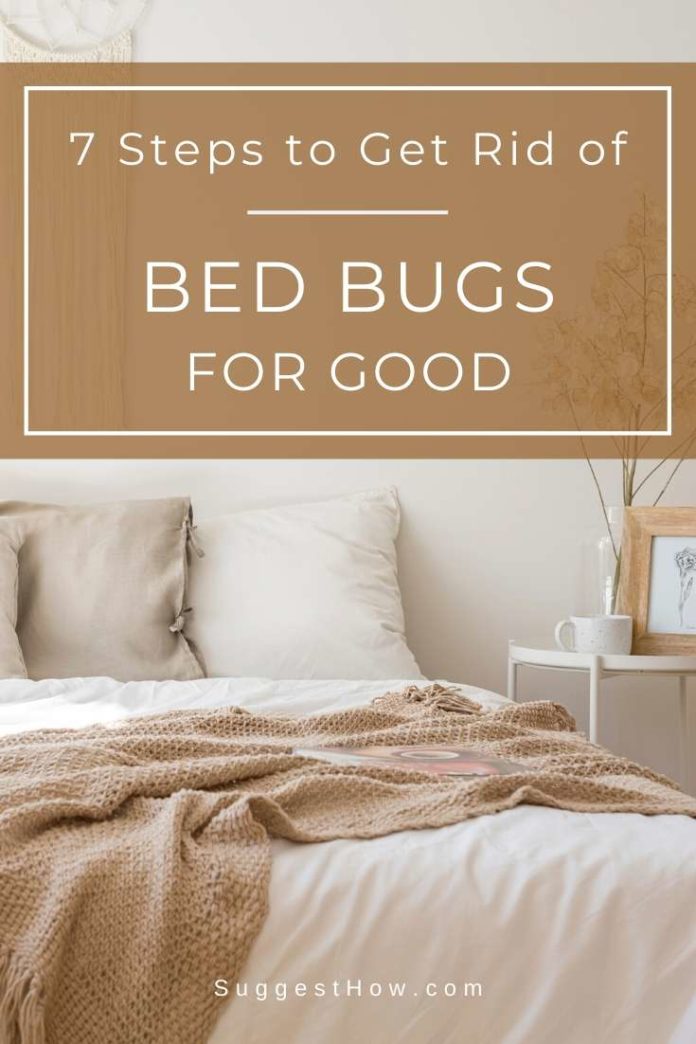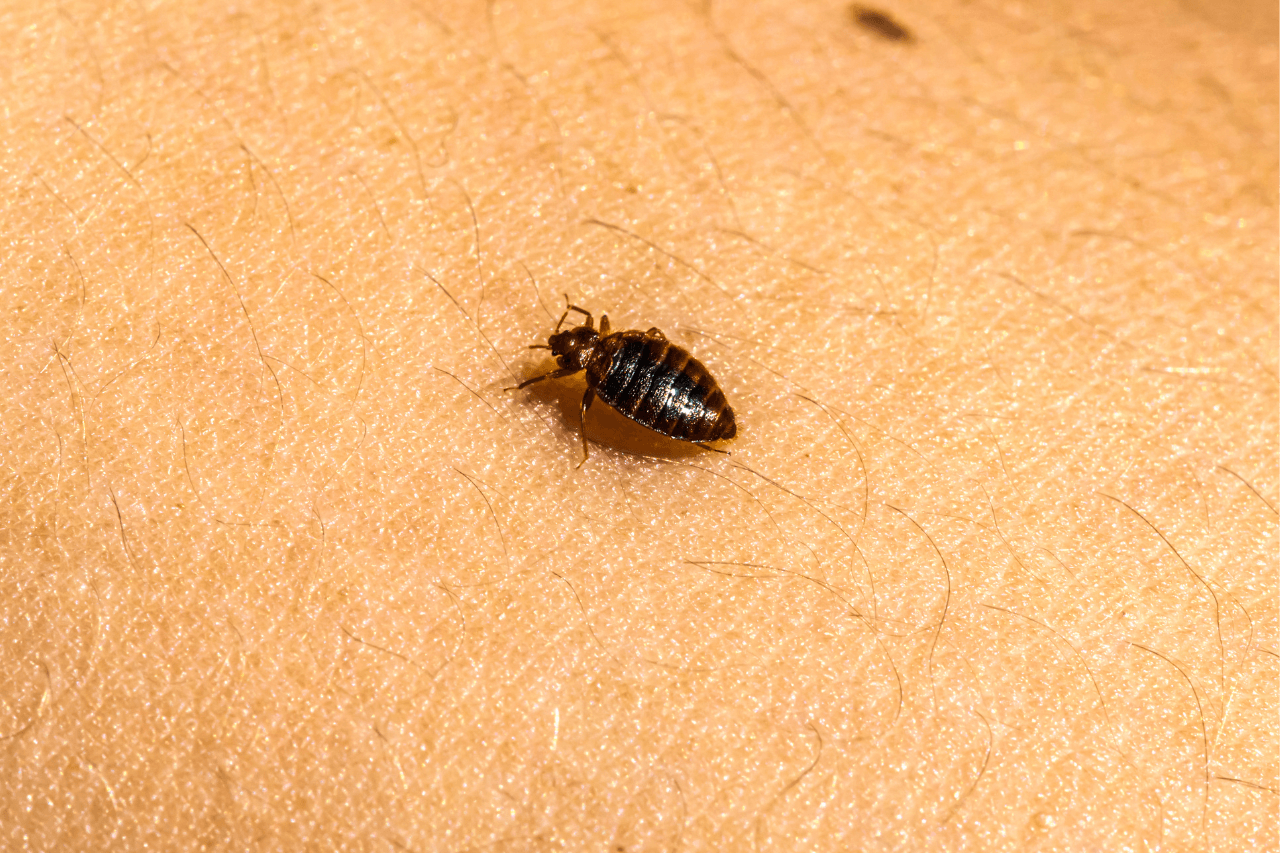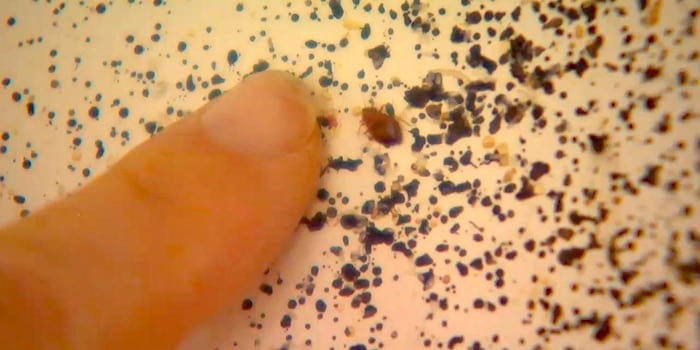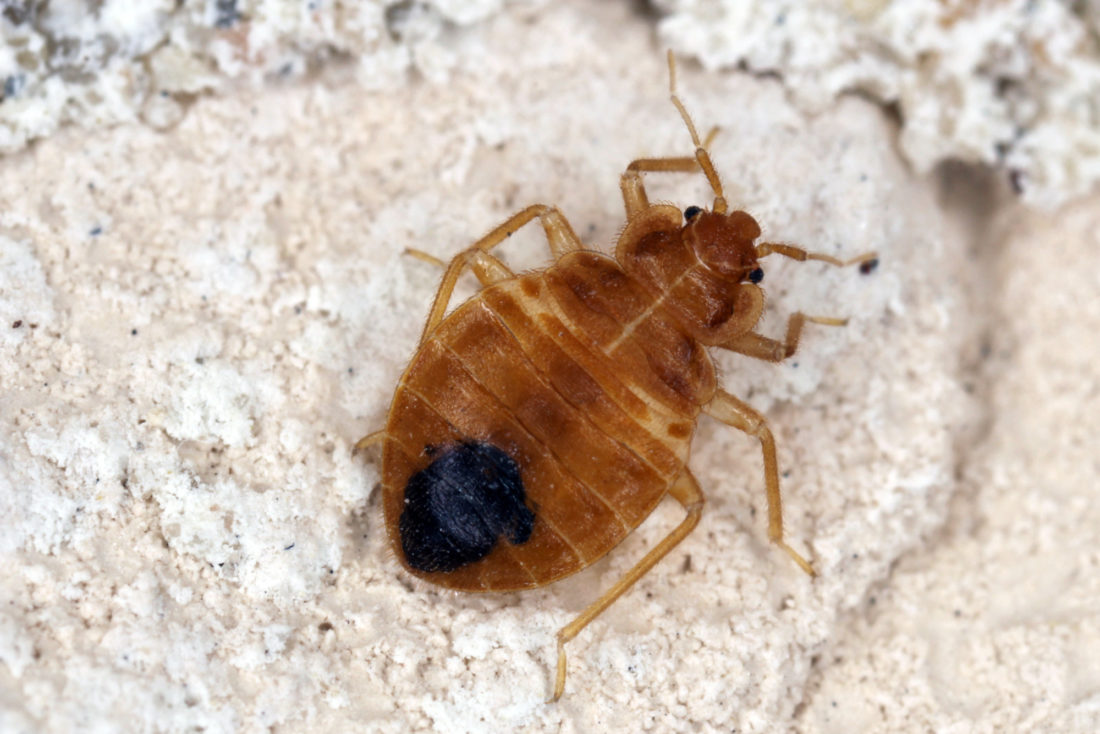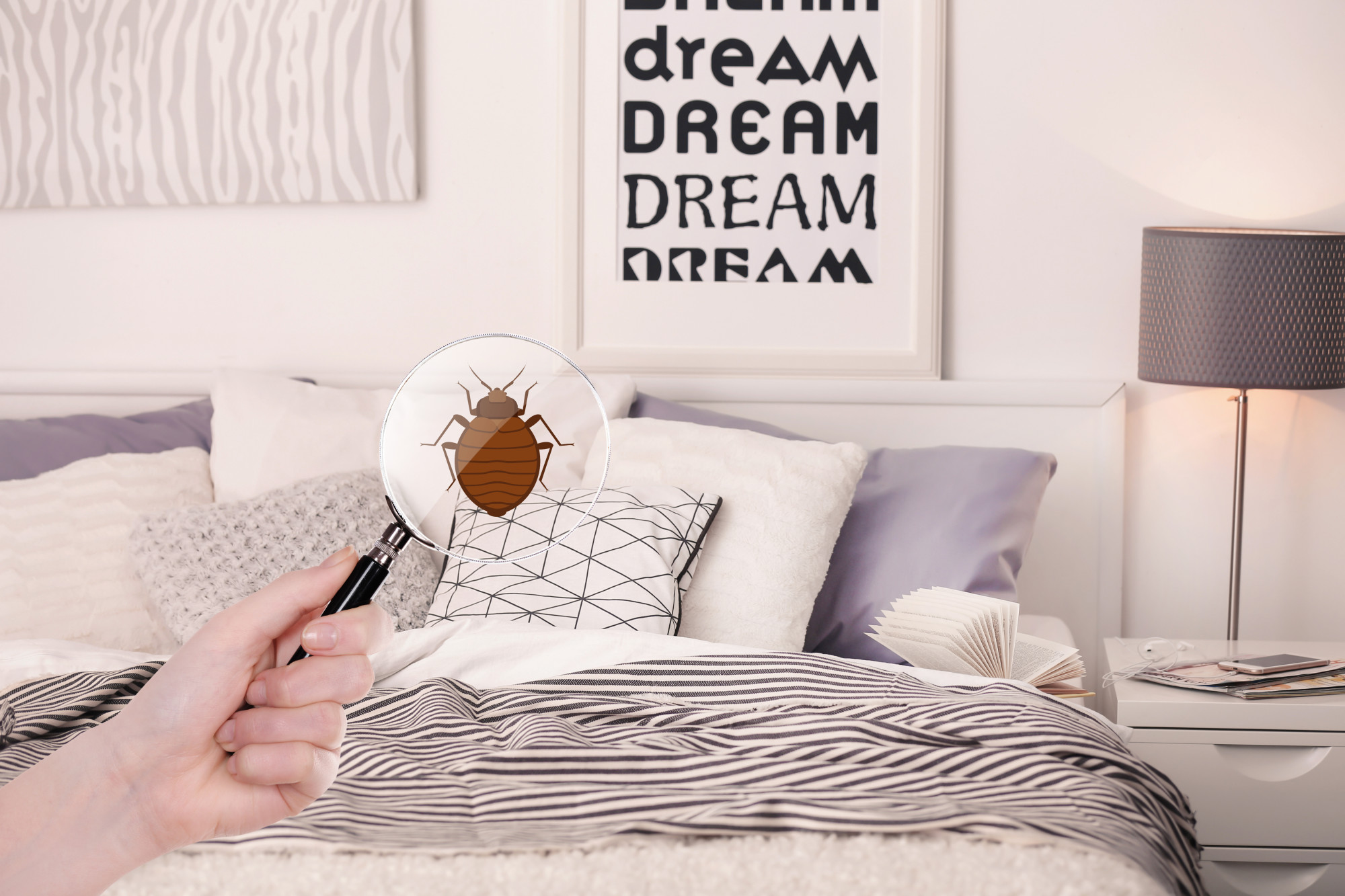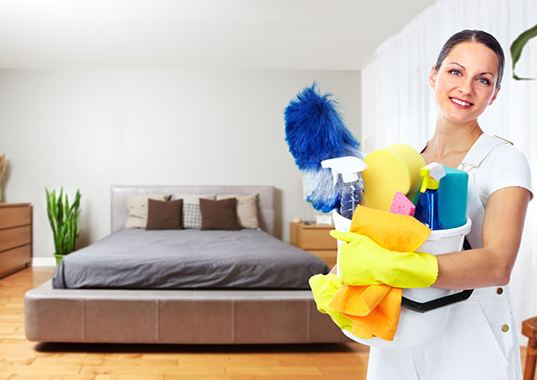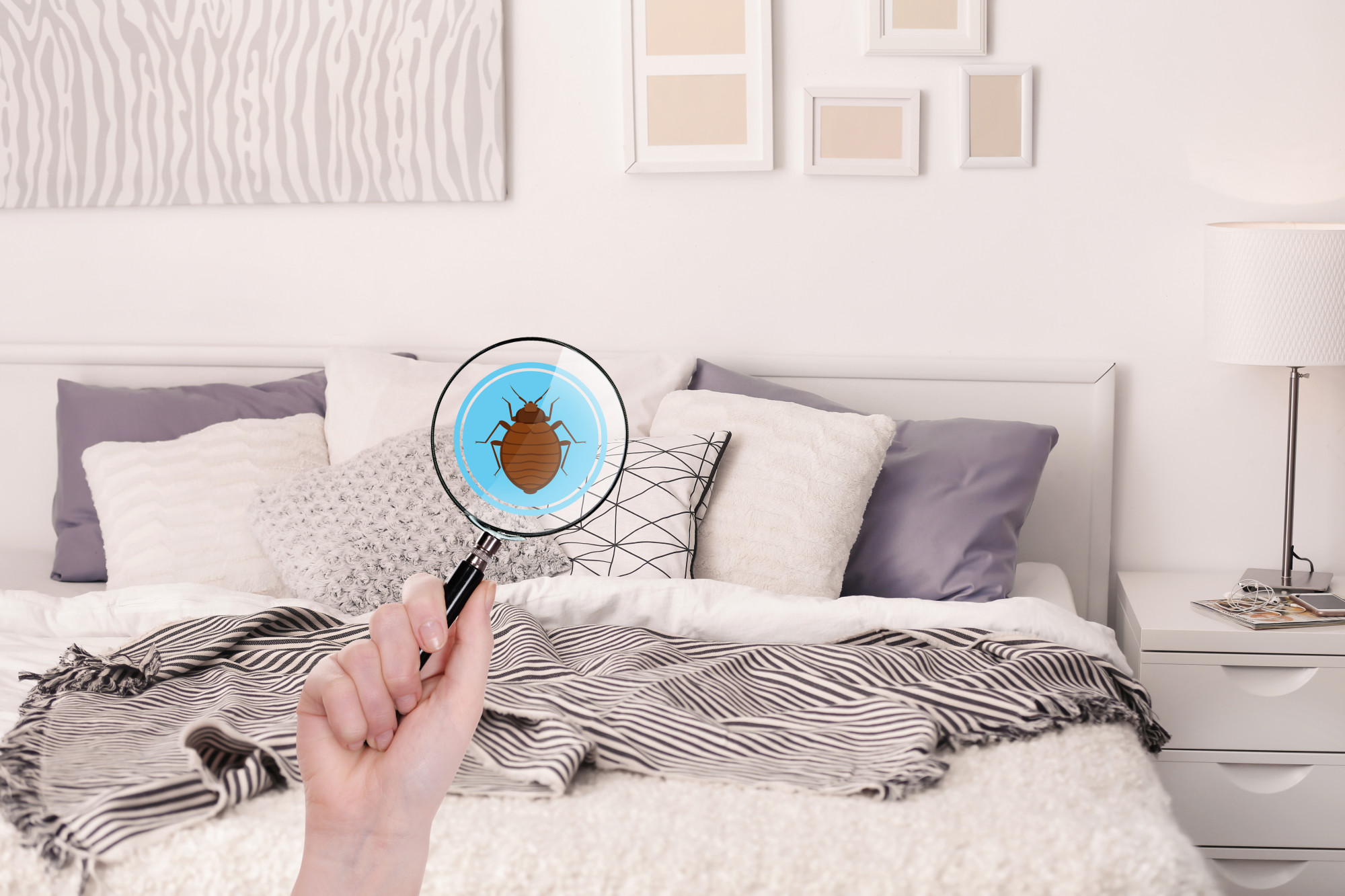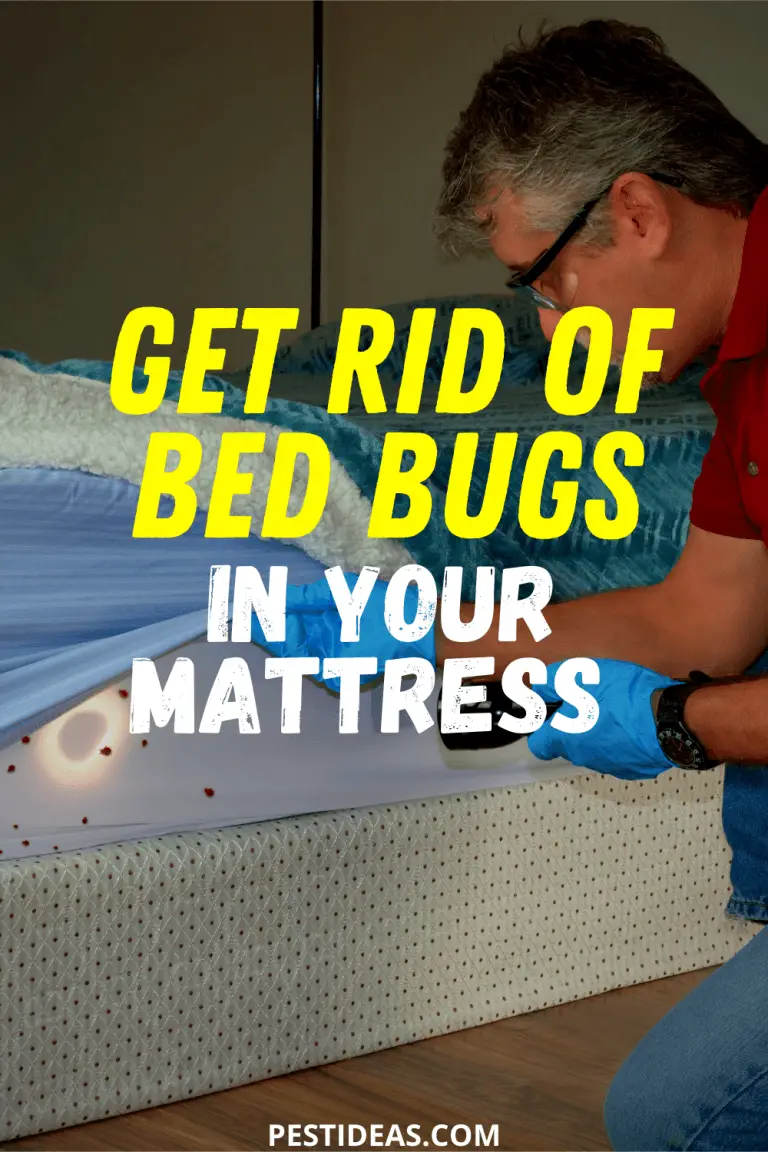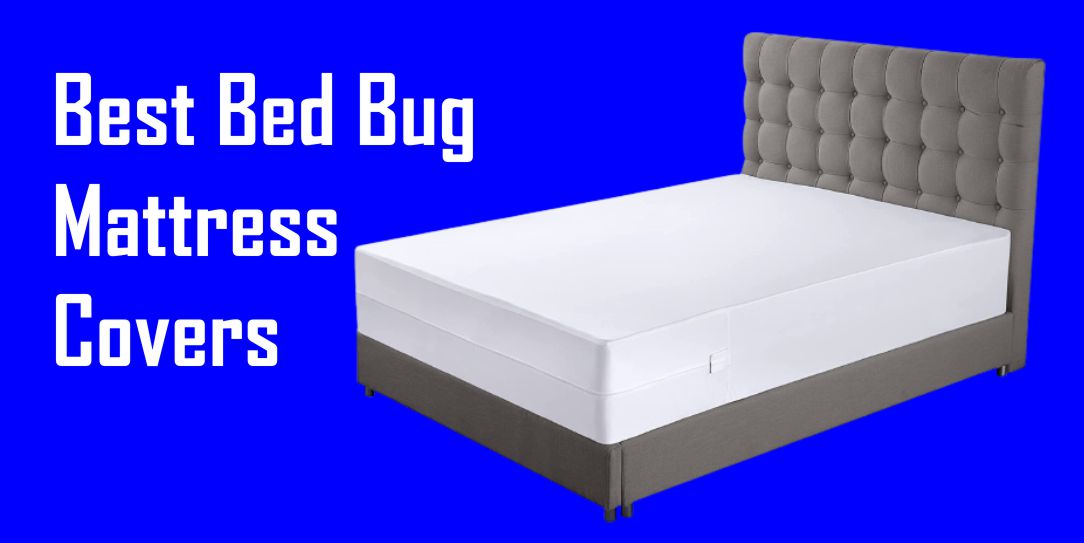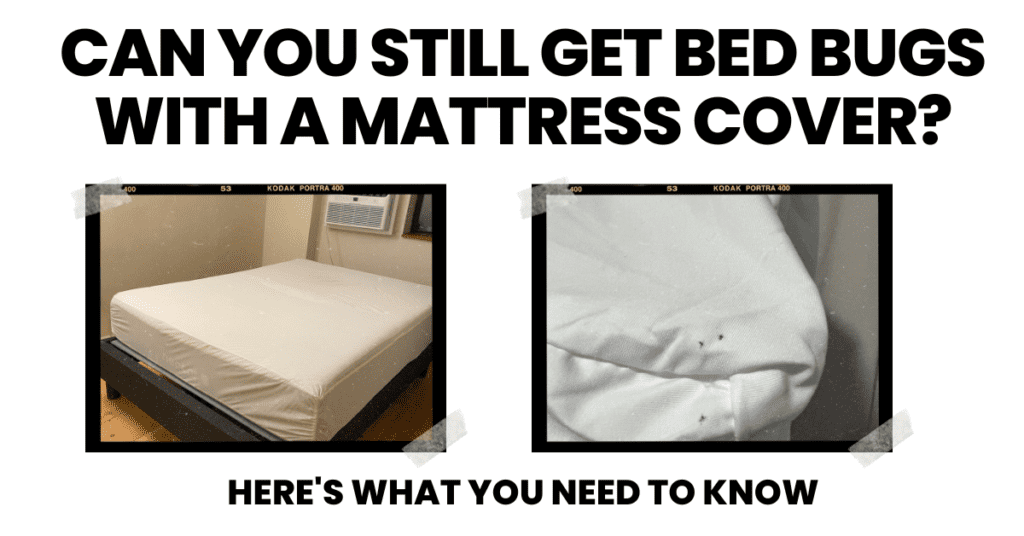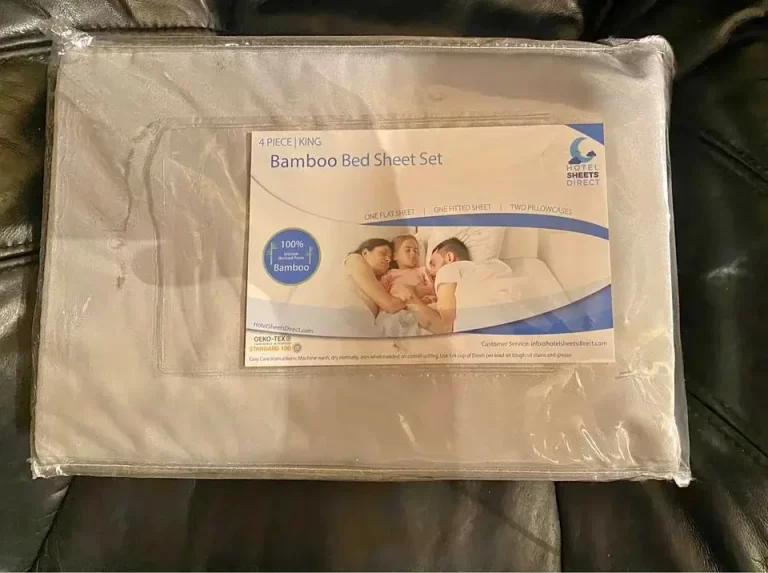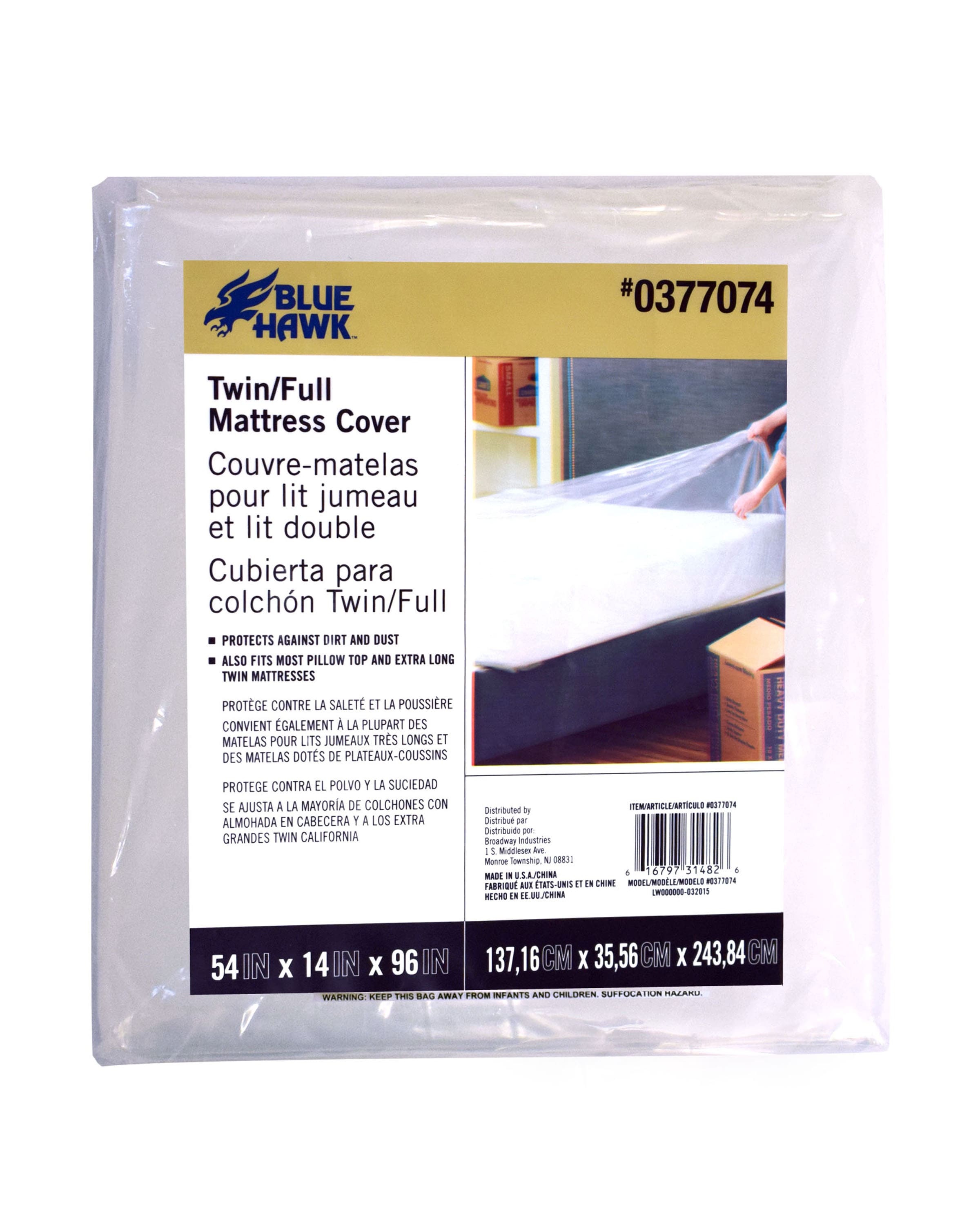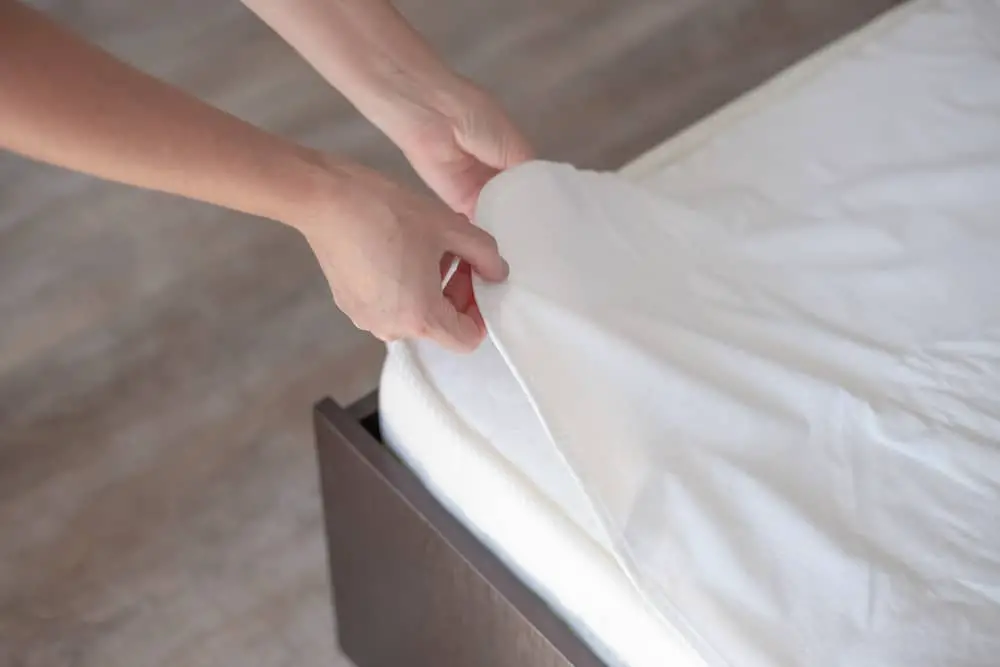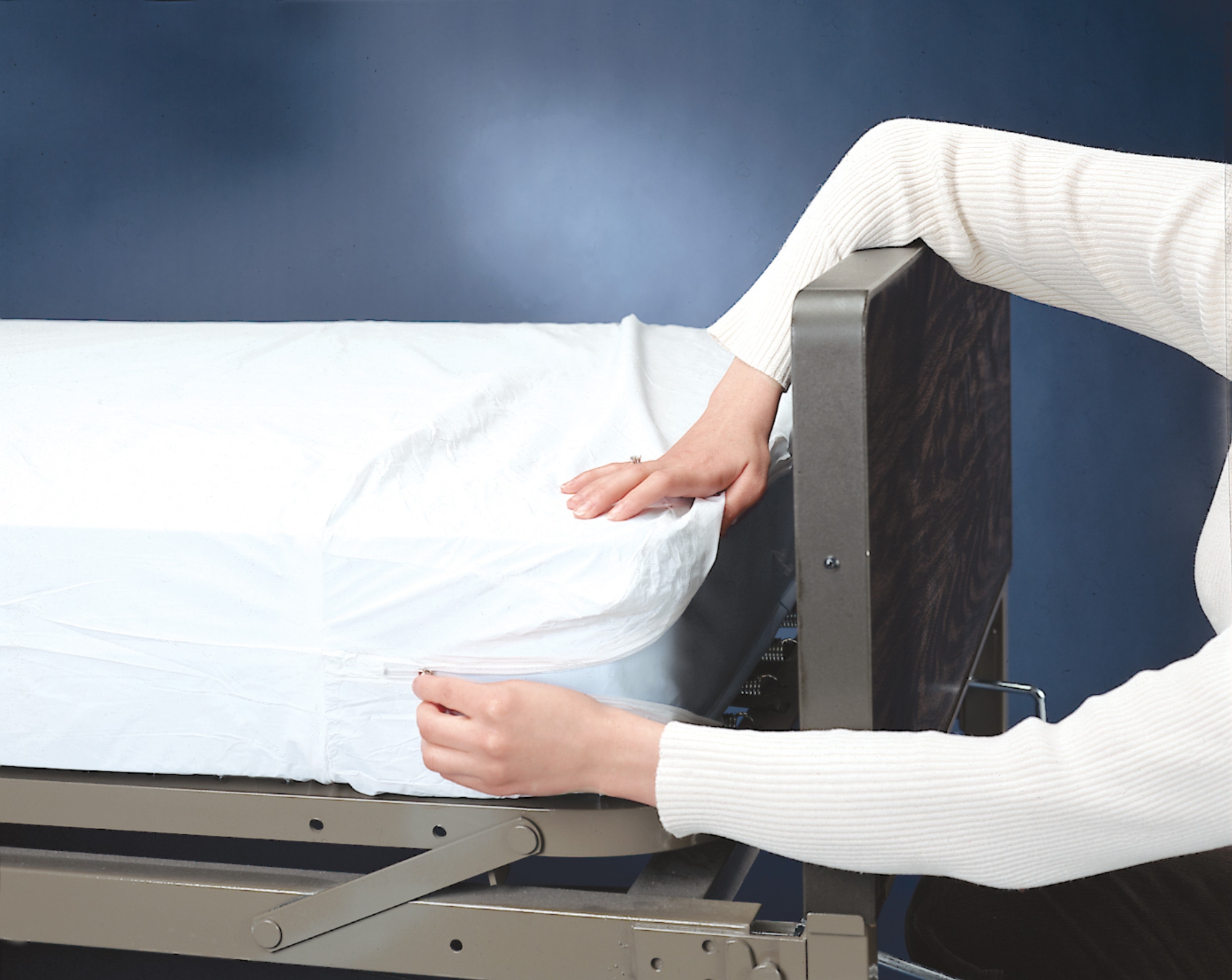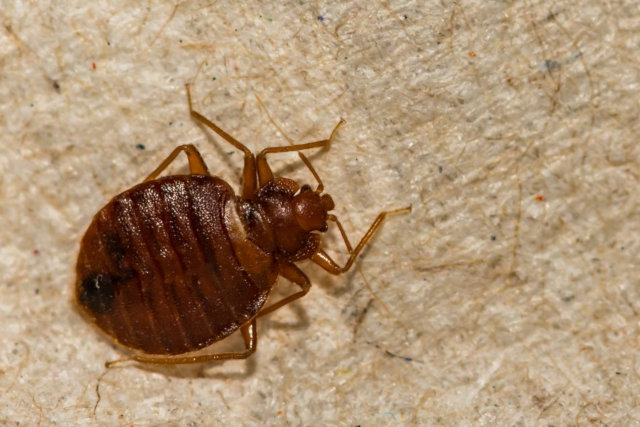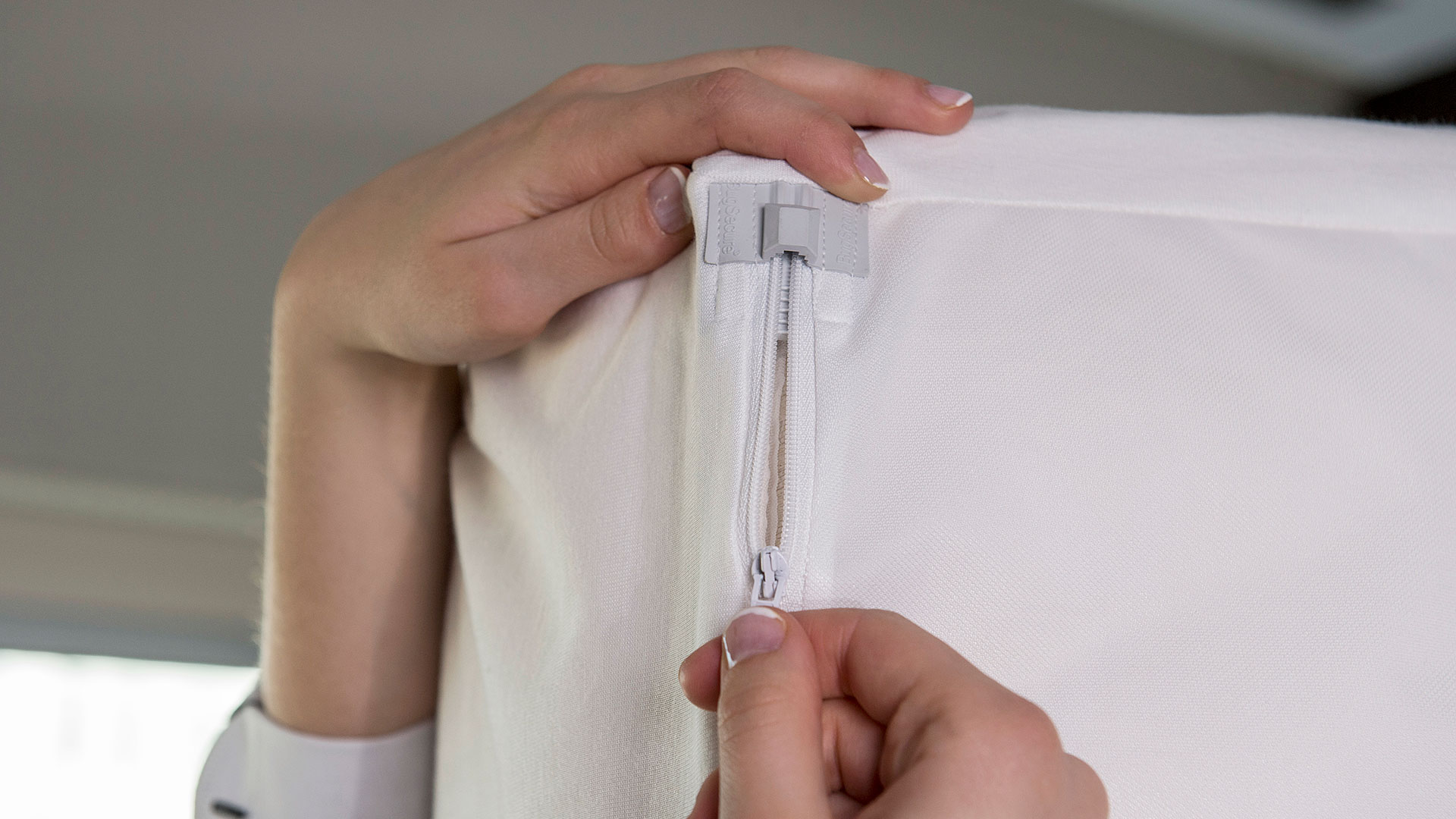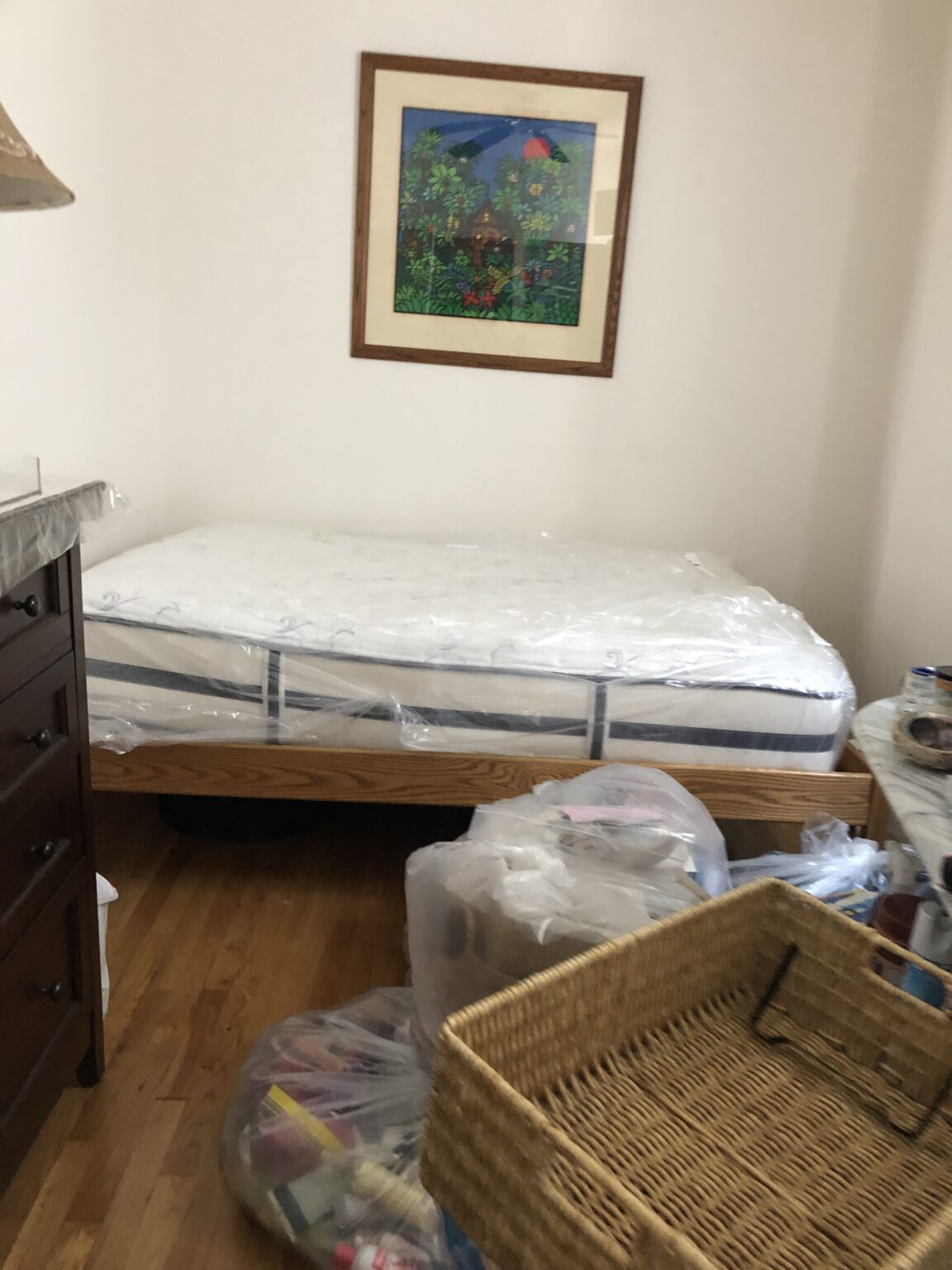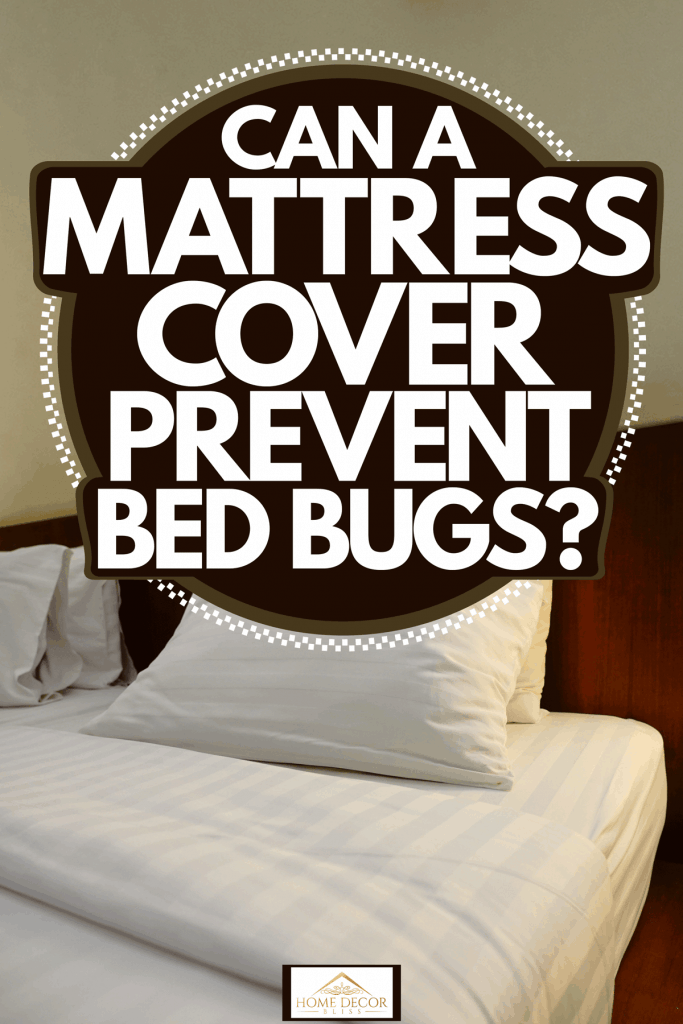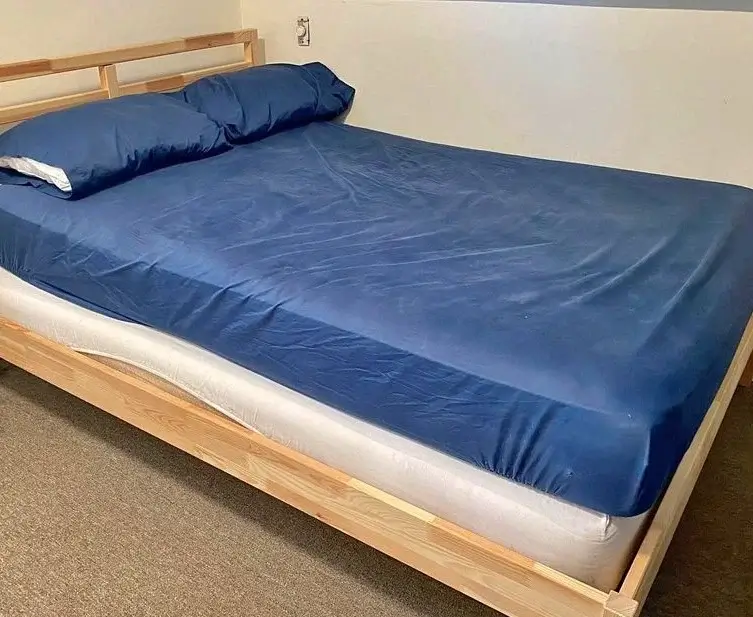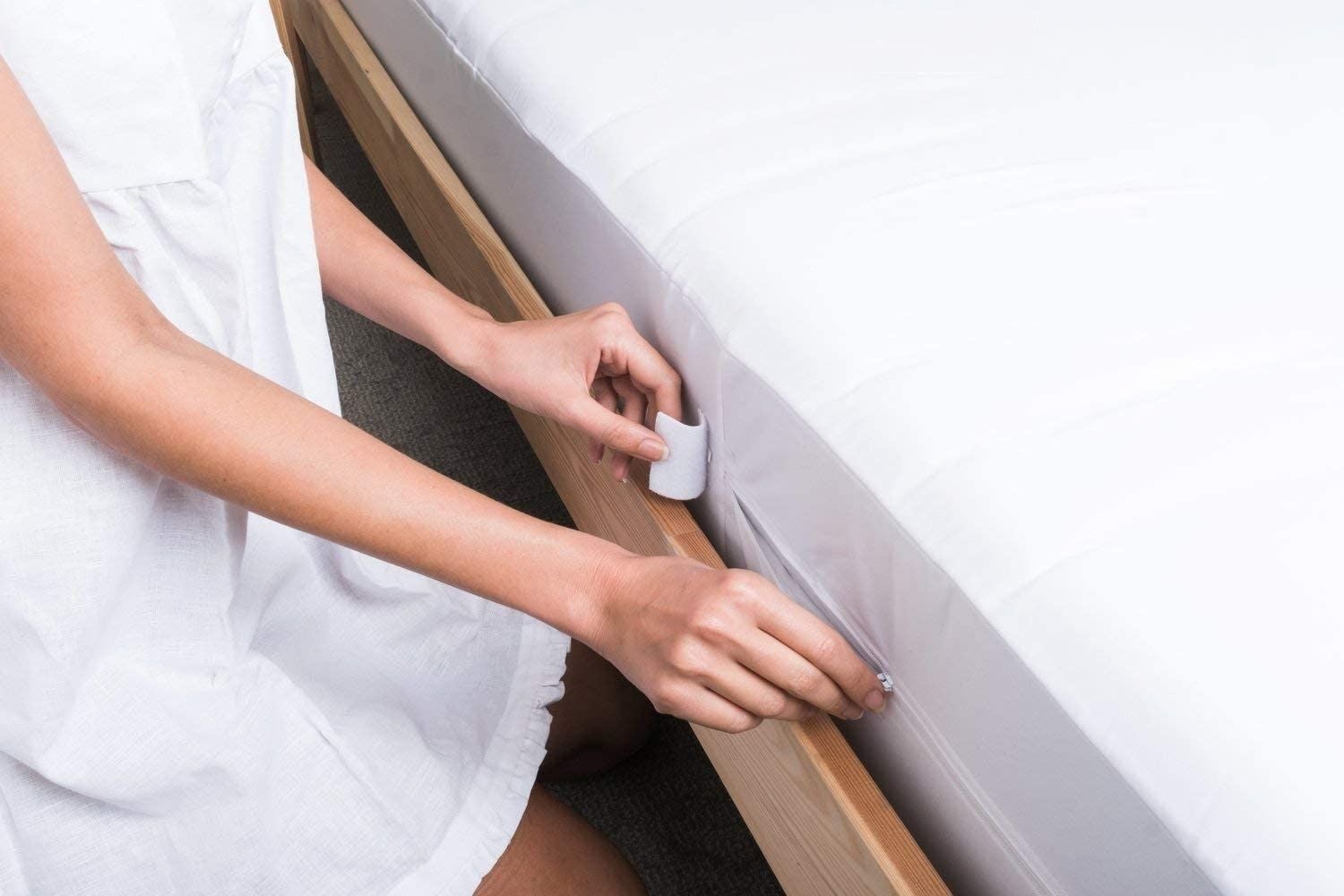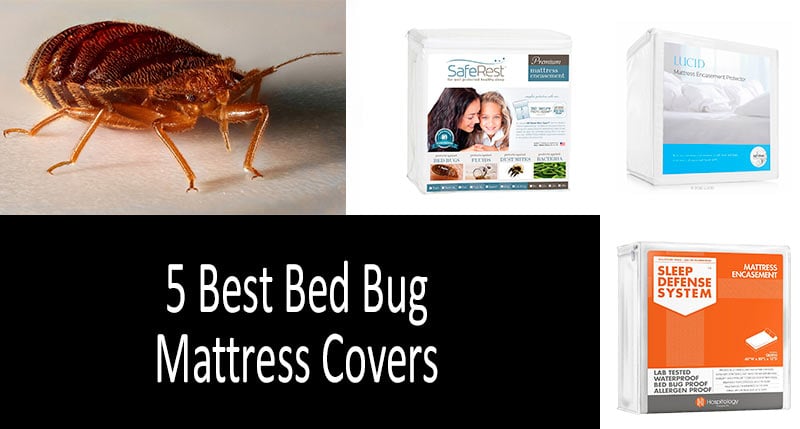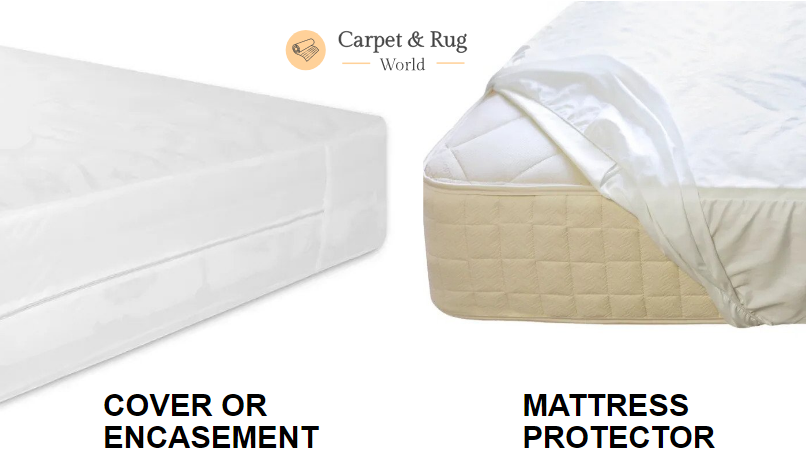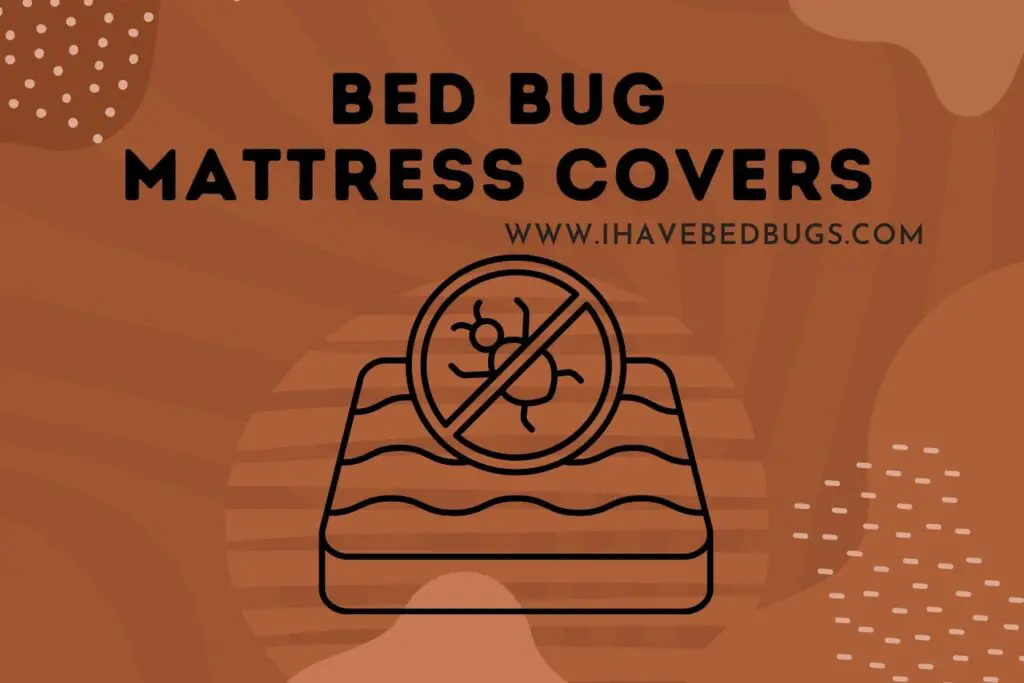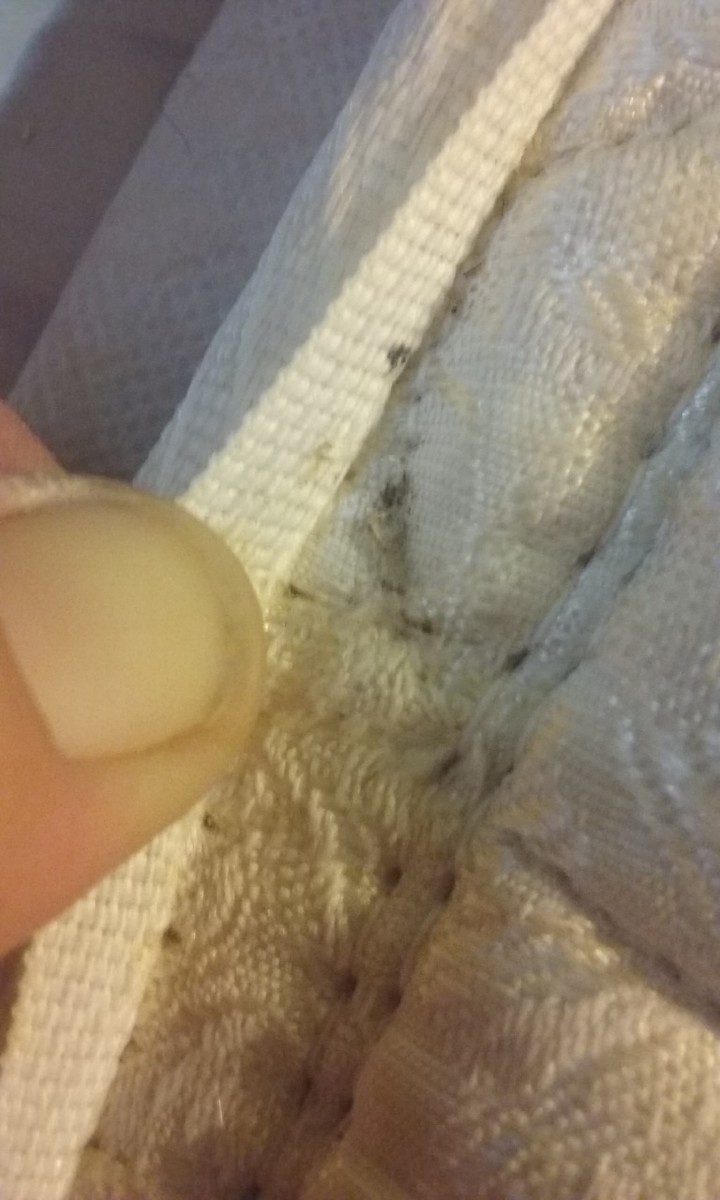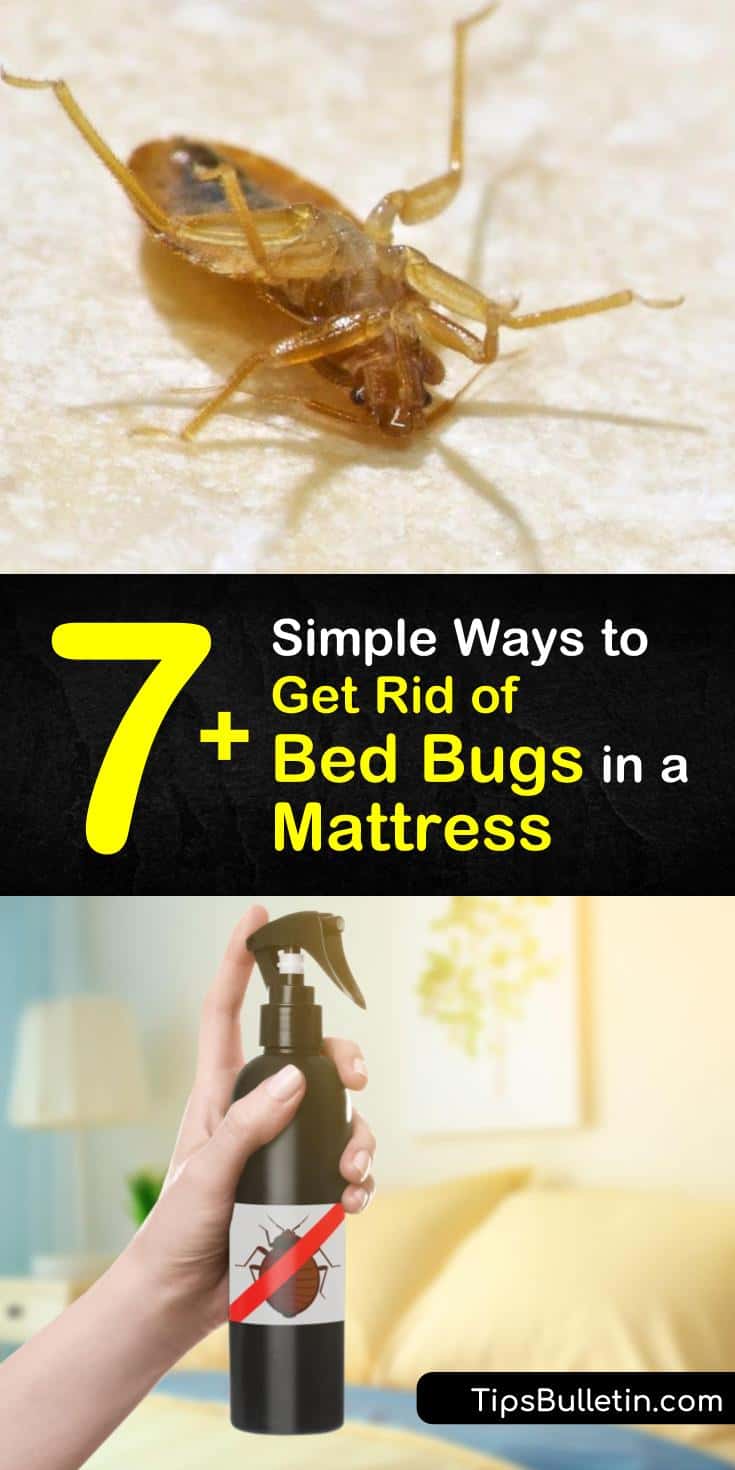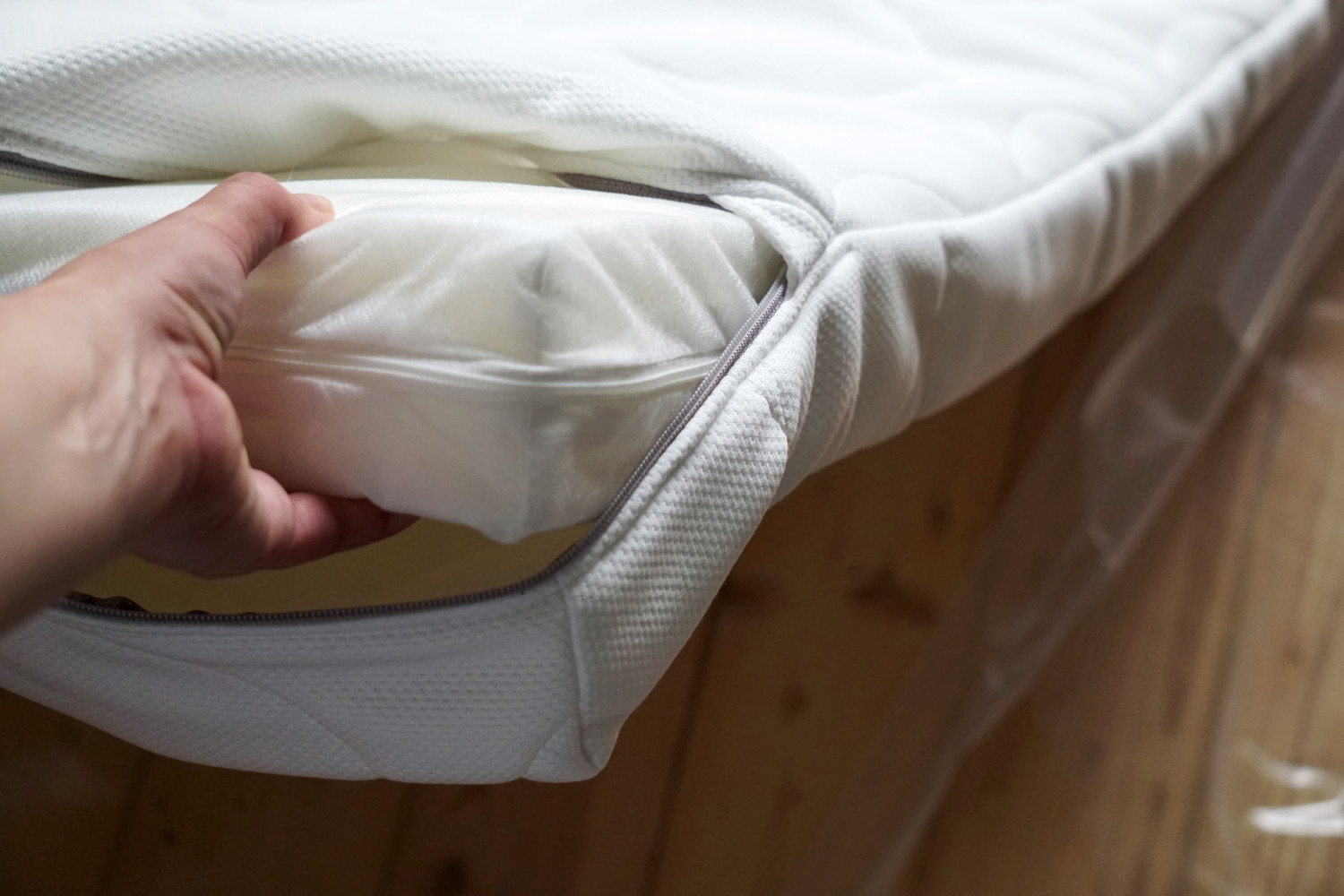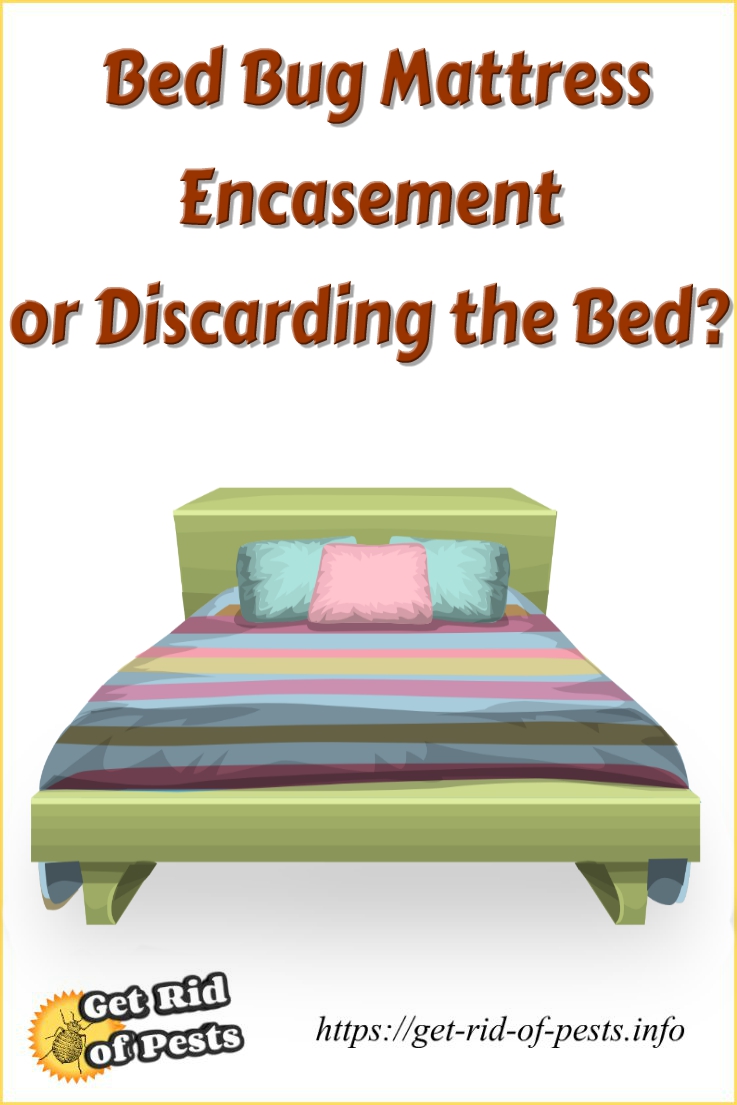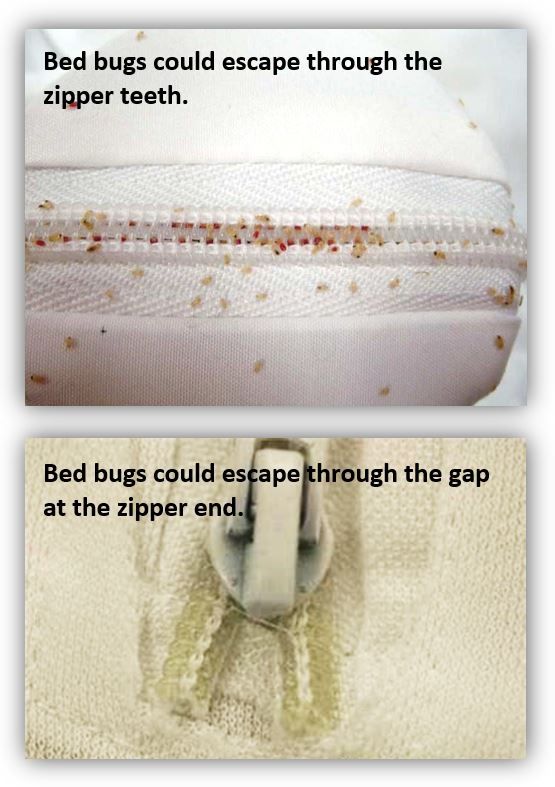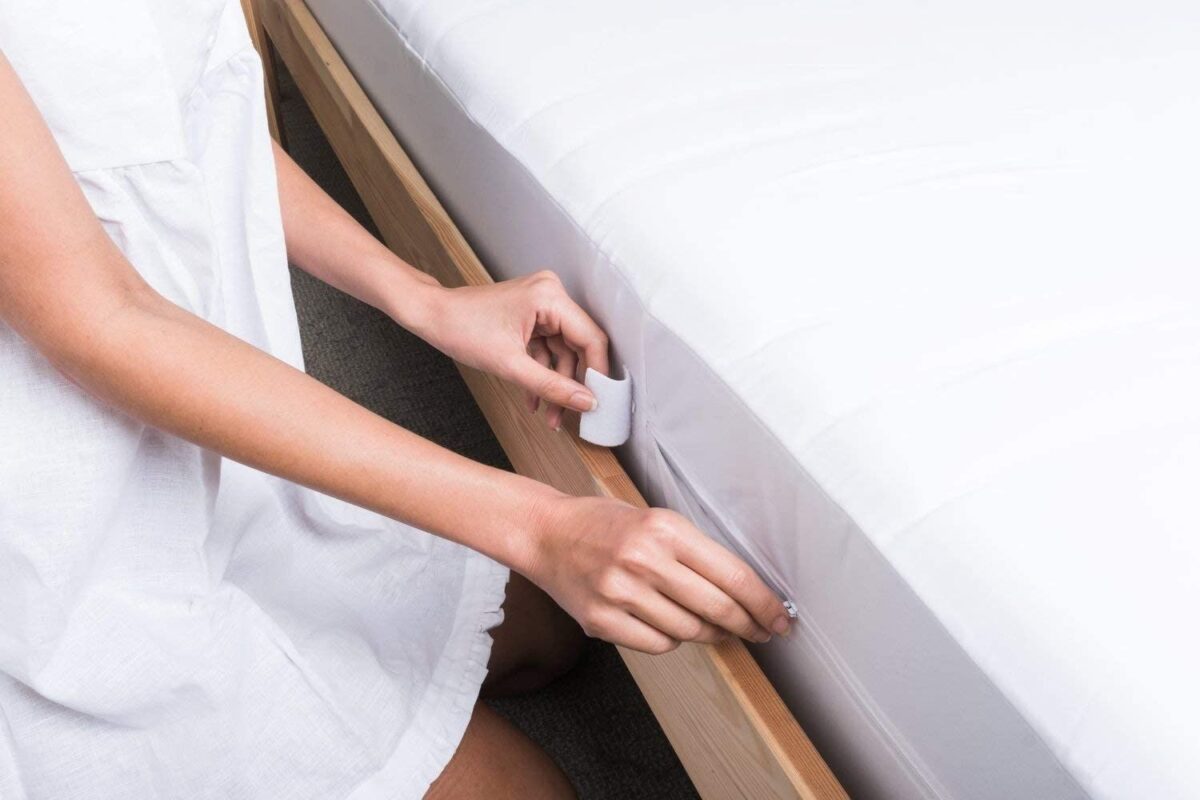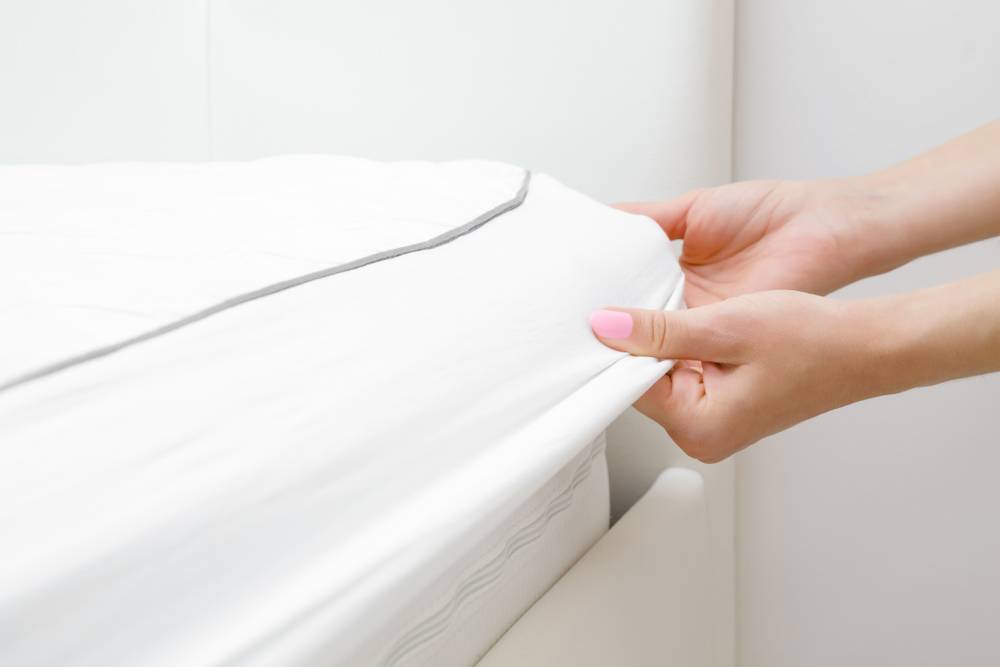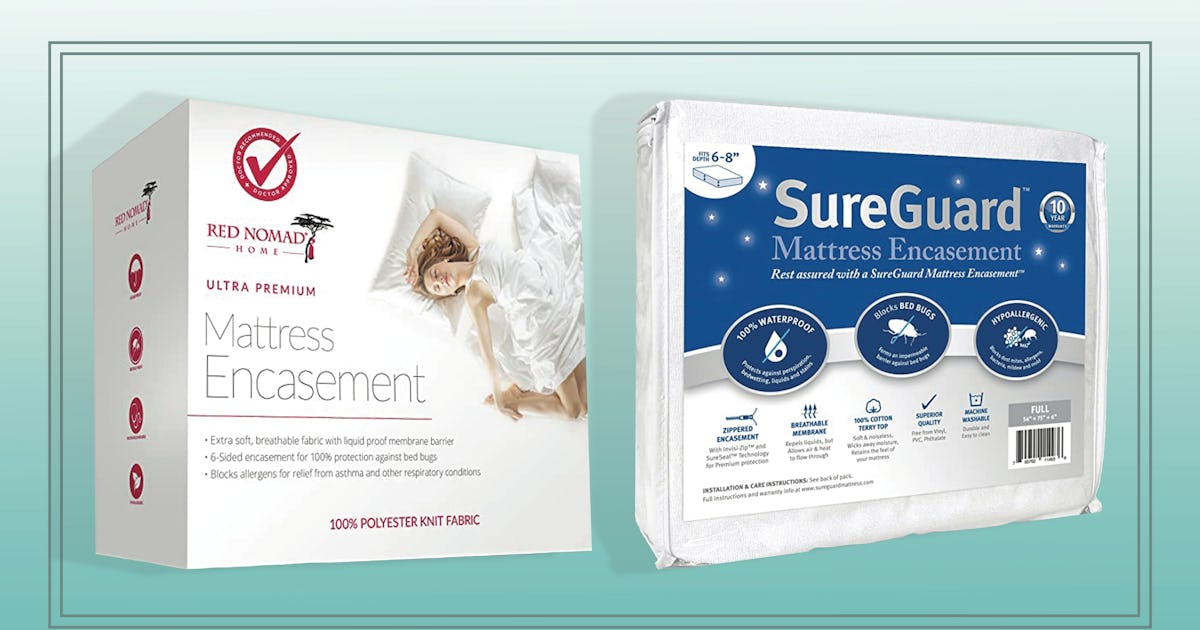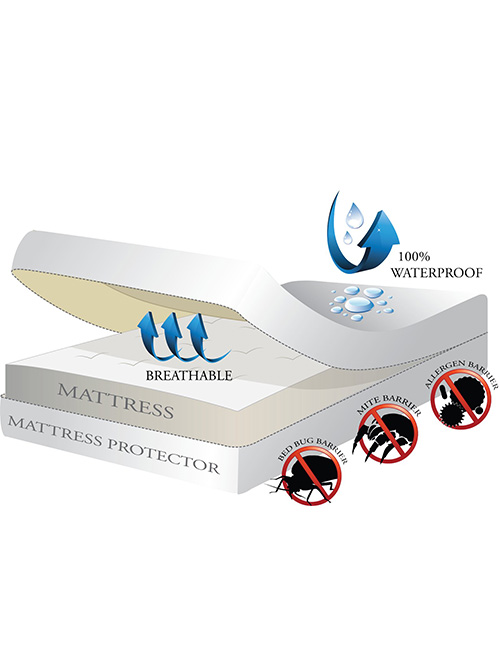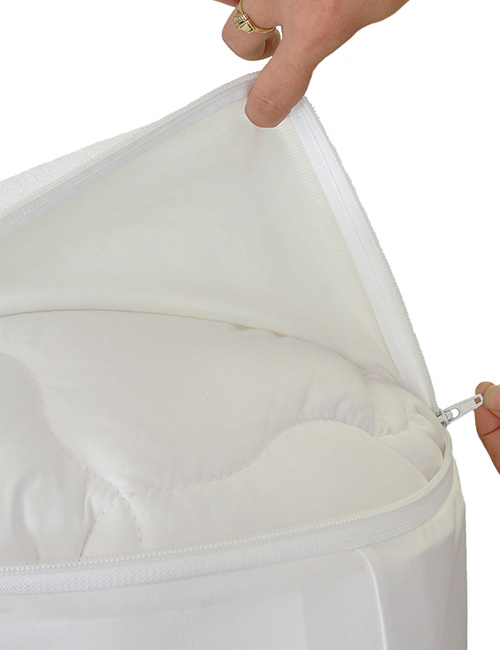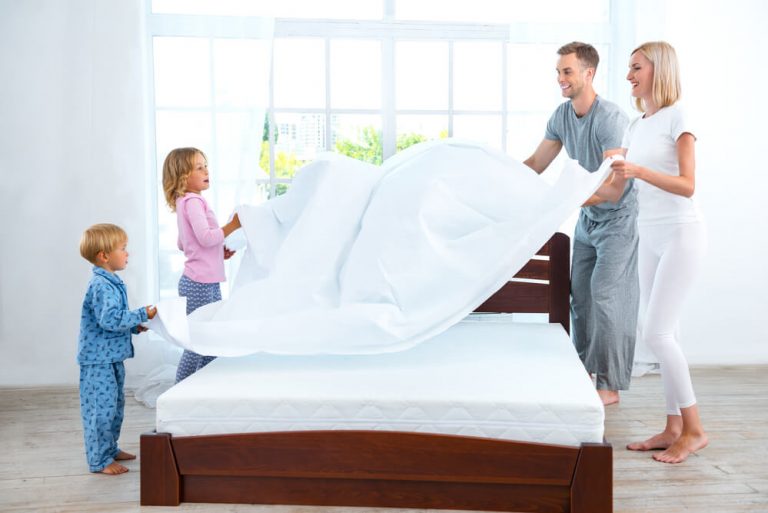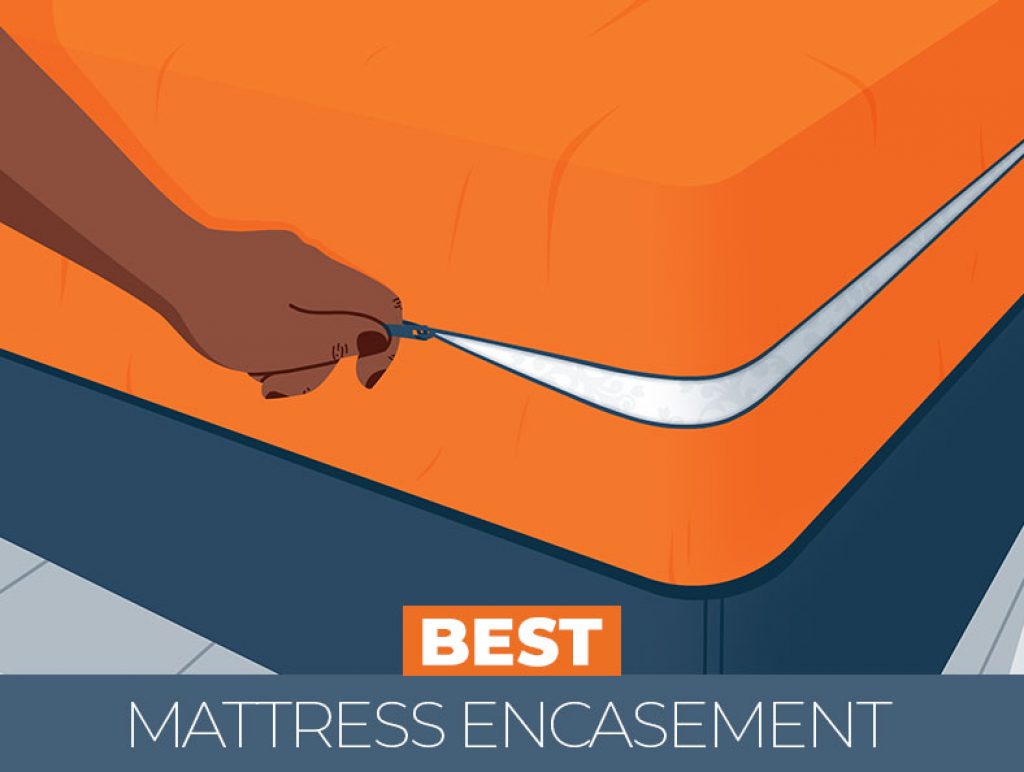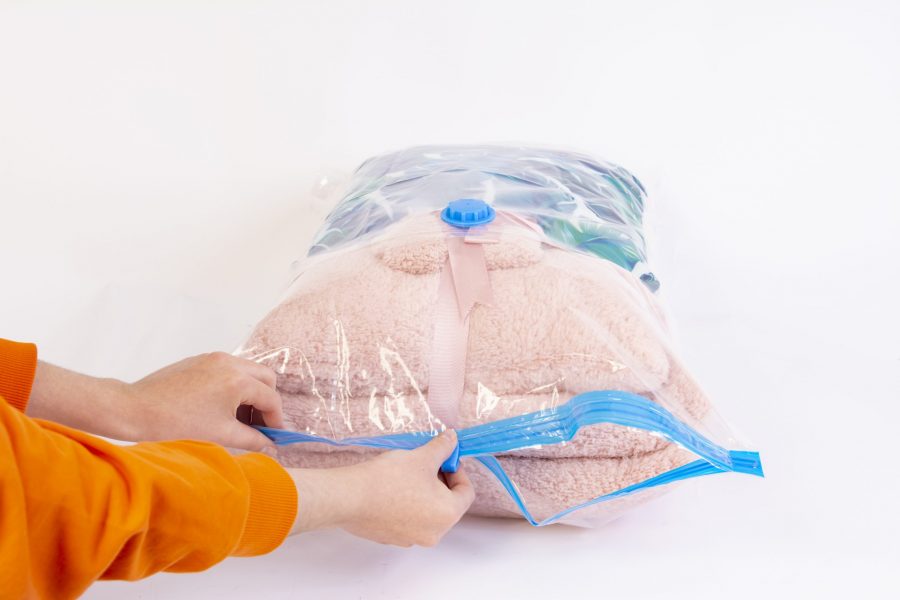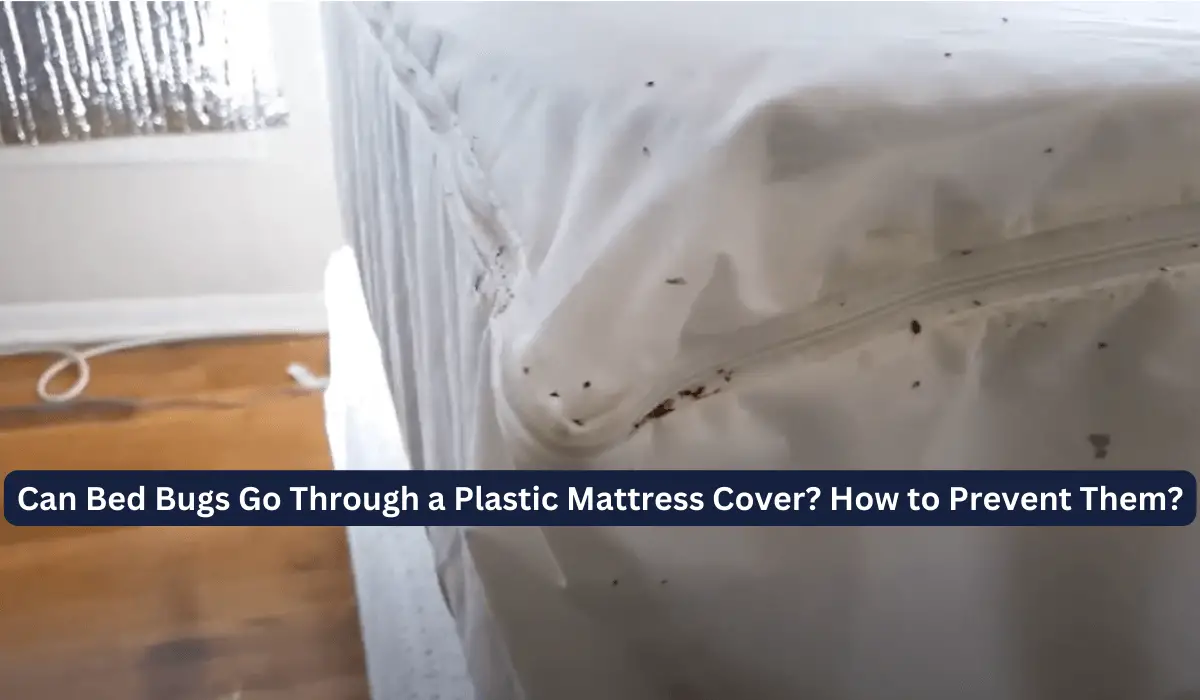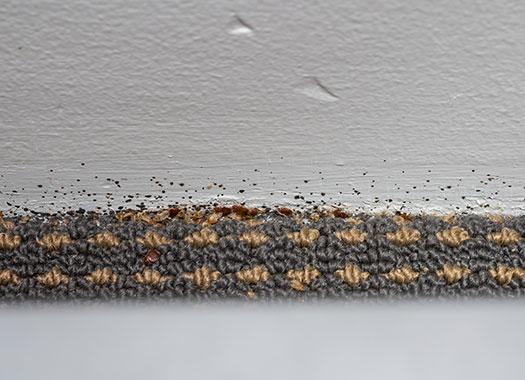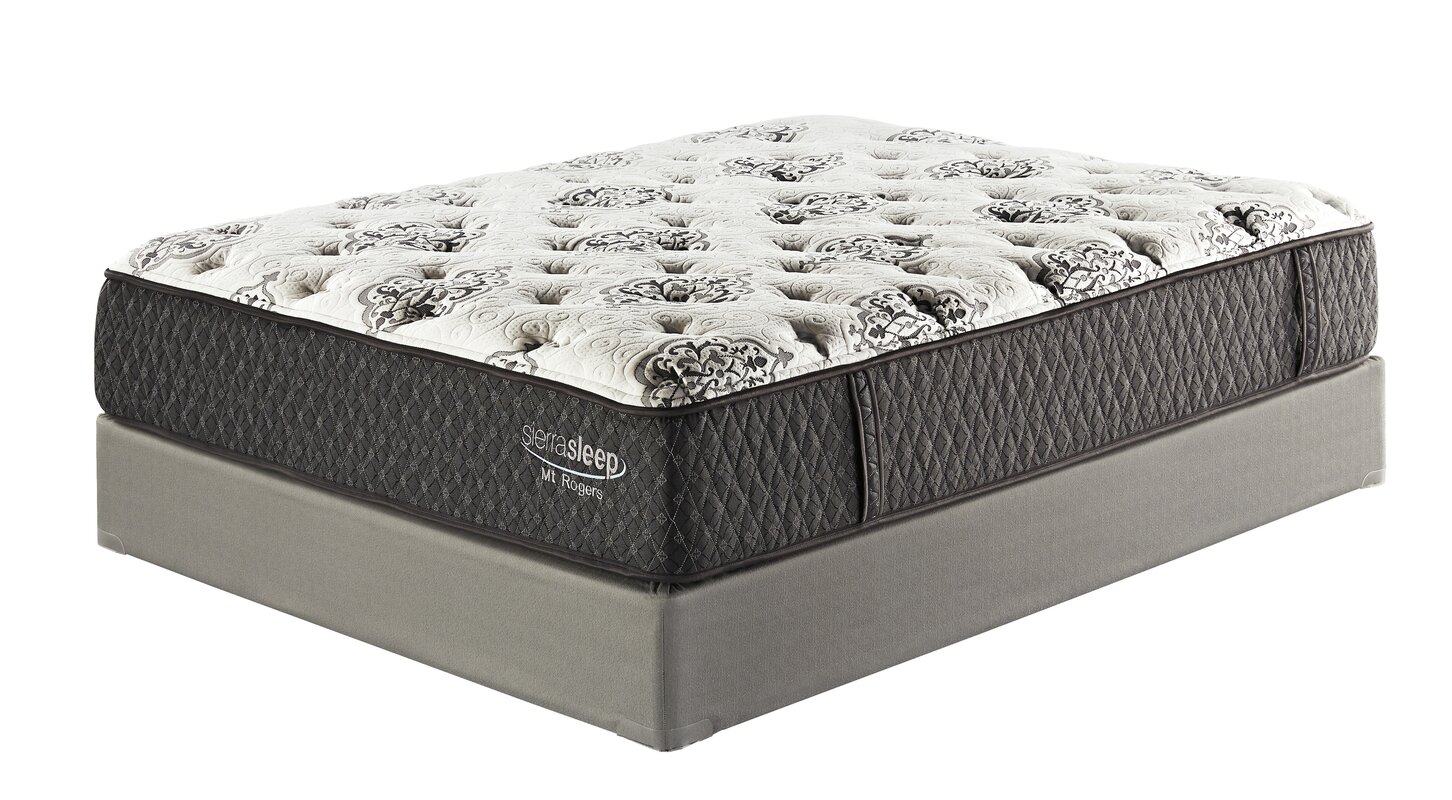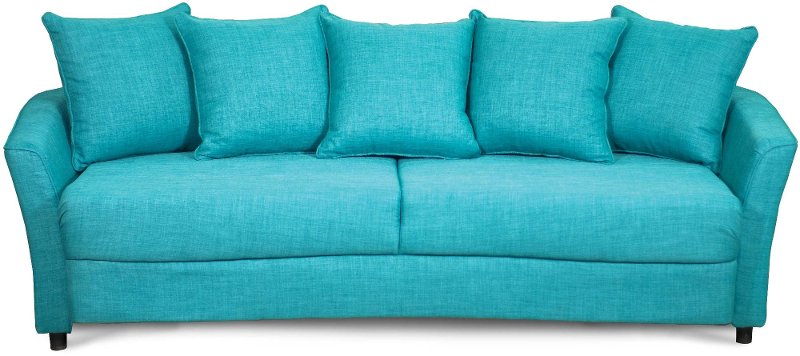If you've ever experienced a bed bug infestation, you know how frustrating and difficult it can be to get rid of these pesky creatures. Not only do they cause itchy and uncomfortable bites, but they also reproduce quickly and can quickly take over your home. Hiring a professional exterminator to get rid of bed bugs can be expensive, but there are some low-cost DIY methods that can be just as effective. Start by thoroughly cleaning your home, especially your bedroom. Vacuum all carpets, mattresses, and furniture, and dispose of the vacuum bag immediately to prevent any remaining bed bugs from escaping. Wash all of your bedding, linens, and clothing in hot water and dry them on high heat to kill any bed bugs and their eggs. Next, seal any cracks or crevices in your walls and furniture to prevent bed bugs from hiding and reproducing. You can also use diatomaceous earth, a natural substance that is lethal to bed bugs but safe for humans and pets, to create a barrier around your bed and furniture.1. How to Get Rid of Bed Bugs: A Low-Cost DIY Guide
One of the most effective ways to prevent bed bugs is by using a mattress cover. However, not all mattress covers are created equal when it comes to bed bug protection. The best mattress covers for bed bugs are those that are specifically designed to be impermeable to bed bugs. Look for covers that are made of a thick material, such as vinyl or plastic, and have a zipper closure to completely encase the mattress. It's also important to choose a mattress cover that is hypoallergenic and breathable to ensure a comfortable and healthy sleeping environment. Some covers also come with added features, such as waterproofing and stain resistance, which can be useful for protecting your mattress from spills and accidents.2. The Best Mattress Covers for Bed Bugs
When it comes to bed bug protection, plastic mattress covers are a popular choice. But do they really work? The answer is yes, but with some limitations. Plastic mattress covers can be effective in preventing bed bugs from infesting your mattress and making it difficult for them to hide and reproduce. However, if you already have bed bugs in your mattress, a plastic cover will not get rid of them. Plastic mattress covers are also not completely foolproof. Bed bugs can still find their way into your bed through other means, such as hiding in your clothing or crawling up from the floor. Therefore, it's important to use plastic mattress covers in conjunction with other bed bug prevention methods.3. Plastic Mattress Covers: Do They Really Work Against Bed Bugs?
If you've decided to use a plastic mattress cover for bed bug protection, there are some important steps to follow to ensure its effectiveness. First, make sure to thoroughly clean your mattress before putting on the cover. This will help to eliminate any existing bed bugs and prevent them from getting trapped inside the cover. Next, carefully encase your mattress with the cover, making sure to seal all edges and corners tightly. You may also want to use duct tape to reinforce the seal. It's important to note that you should not remove the cover for at least 18 months, as this is how long it takes for bed bugs to die without a blood meal.4. How to Use a Plastic Mattress Cover for Bed Bugs
When shopping for a bed bug mattress cover, there are a few key things to keep in mind. First, make sure the cover is specifically labeled as bed bug-proof or designed for bed bug protection. Some mattress covers may claim to be waterproof or hypoallergenic, but may not have the necessary features to prevent bed bugs. You should also consider the size and thickness of your mattress before purchasing a cover. Make sure to measure your mattress and choose a cover that fits snugly without being too tight. You may also want to consider the warranty and return policy of the cover in case it doesn't meet your expectations.5. Bed Bug Mattress Covers: What You Need to Know
The primary benefit of using a plastic mattress cover for bed bugs is prevention. By encasing your mattress, you are creating a barrier that makes it difficult for bed bugs to infest your bed and makes it easier for you to spot and eliminate any existing bed bugs. Another benefit is protection. A plastic mattress cover can also protect your mattress from other pests, such as dust mites and allergens, as well as spills and stains. This can not only prolong the life of your mattress but also provide a healthier sleeping environment.6. The Benefits of Using a Plastic Mattress Cover for Bed Bugs
When choosing a plastic mattress cover for bed bugs, there are a few factors to consider. First, make sure the cover is thick and durable enough to withstand wear and tear. You should also look for covers that are certified bed bug-proof by independent organizations, such as the National Pest Management Association. Additionally, consider the ease of use and comfort of the cover. You want a cover that is easy to put on and take off for cleaning, and also comfortable to sleep on. Some covers also come with added features, such as extra padding or breathability, which can enhance comfort.7. How to Choose the Right Plastic Mattress Cover for Bed Bugs
With so many bed bug mattress covers on the market, it can be overwhelming to choose the right one. To help you out, here are the top 10 best bed bug mattress covers based on customer reviews and expert recommendations:8. The Top 10 Best Bed Bug Mattress Covers
In addition to plastic mattress covers, you may also come across bed bug encasements, which are thick fabric covers that completely encase your mattress and box spring. So which is better for bed bugs? The answer is both can be effective, but it ultimately depends on your personal preference and needs. Plastic mattress covers tend to be more affordable and easier to clean, but they may not be as comfortable to sleep on and can make noise when you move. Encasements, on the other hand, are thicker and more durable, but can also be more expensive and may require professional installation.9. Plastic Mattress Covers vs. Encasements: Which is Better for Bed Bugs?
While using a plastic mattress cover can help to prevent bed bugs, it's also important to take other preventative measures. Regularly cleaning and decluttering your home, especially your bedroom, can prevent bed bugs from finding hiding places. You can also use essential oils, such as peppermint or lavender, to repel bed bugs. If you travel frequently, it's also a good idea to inspect your luggage and clothing for bed bugs before bringing them into your home. And if you do happen to come across bed bugs, seek professional help to eliminate the infestation before it gets out of control.10. How to Prevent Bed Bugs with a Plastic Mattress Cover
Preventing Bed Bugs with Plastic Mattress Covers

The Rising Concern of Bed Bugs
 Bed bugs have become a growing concern in recent years, and for good reason. These tiny insects, about the size of an apple seed, feed on human blood and can cause a variety of health issues including allergic reactions, skin rashes, and psychological effects. They are also notoriously difficult to get rid of once they infest a home. This is why it is important for homeowners to take preventive measures to avoid a bed bug infestation. One effective method is by using
plastic mattress covers
.
Bed bugs have become a growing concern in recent years, and for good reason. These tiny insects, about the size of an apple seed, feed on human blood and can cause a variety of health issues including allergic reactions, skin rashes, and psychological effects. They are also notoriously difficult to get rid of once they infest a home. This is why it is important for homeowners to take preventive measures to avoid a bed bug infestation. One effective method is by using
plastic mattress covers
.
How Bed Bugs Infest a Home
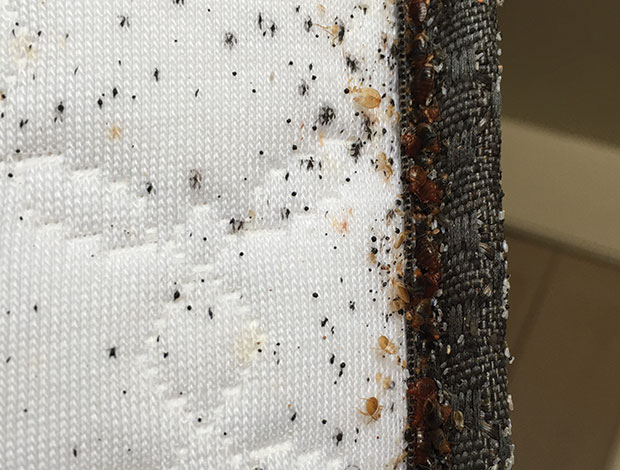 Bed bugs can enter a home in a variety of ways, such as through luggage, used furniture, or clothing. These pests are experts at hiding and can easily go unnoticed, making it difficult to determine when an infestation has occurred. Once they enter a home, bed bugs can quickly spread and multiply, making it even more challenging to get rid of them. They are most commonly found in mattresses, box springs, and bed frames, as these provide the perfect hiding spots for them to lay eggs and feed.
Bed bugs can enter a home in a variety of ways, such as through luggage, used furniture, or clothing. These pests are experts at hiding and can easily go unnoticed, making it difficult to determine when an infestation has occurred. Once they enter a home, bed bugs can quickly spread and multiply, making it even more challenging to get rid of them. They are most commonly found in mattresses, box springs, and bed frames, as these provide the perfect hiding spots for them to lay eggs and feed.
The Importance of Using Plastic Mattress Covers
 One of the best ways to prevent a bed bug infestation is by using plastic mattress covers. These covers act as a barrier, preventing bed bugs from entering or escaping from a mattress. They are made of a thick, durable plastic that is difficult for bed bugs to penetrate. This means that if bed bugs are already present in a mattress, they will be unable to feed and will eventually die. Additionally, if a bed bug infestation is discovered, the plastic cover can be easily removed and disposed of, reducing the risk of the infestation spreading to other areas of the home.
One of the best ways to prevent a bed bug infestation is by using plastic mattress covers. These covers act as a barrier, preventing bed bugs from entering or escaping from a mattress. They are made of a thick, durable plastic that is difficult for bed bugs to penetrate. This means that if bed bugs are already present in a mattress, they will be unable to feed and will eventually die. Additionally, if a bed bug infestation is discovered, the plastic cover can be easily removed and disposed of, reducing the risk of the infestation spreading to other areas of the home.
Other Benefits of Plastic Mattress Covers
 Aside from preventing bed bug infestations, plastic mattress covers also have other advantages. They are waterproof, protecting the mattress from spills and stains. This can help extend the lifespan of a mattress, saving homeowners money in the long run. Plastic covers are also hypoallergenic, making them a great option for those with allergies or sensitive skin. They are also easy to clean and maintain, simply needing to be wiped down with a damp cloth.
Aside from preventing bed bug infestations, plastic mattress covers also have other advantages. They are waterproof, protecting the mattress from spills and stains. This can help extend the lifespan of a mattress, saving homeowners money in the long run. Plastic covers are also hypoallergenic, making them a great option for those with allergies or sensitive skin. They are also easy to clean and maintain, simply needing to be wiped down with a damp cloth.
Conclusion
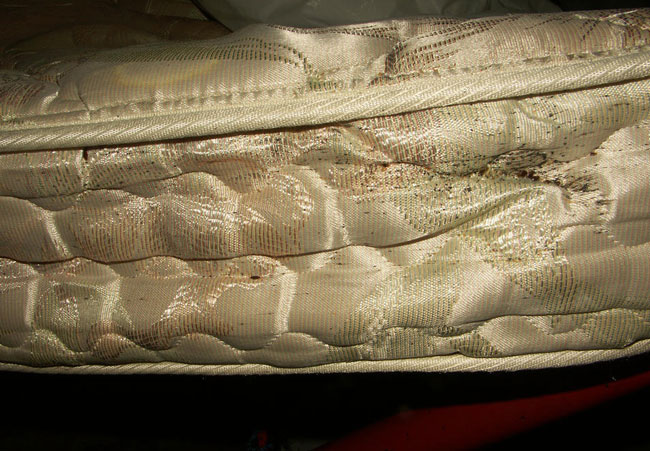 In conclusion, bed bugs are a growing concern for homeowners, and it is important to take preventive measures to avoid an infestation. Using plastic mattress covers is an effective way to protect against bed bugs and their potential health risks. They also provide other benefits such as waterproofing and hypoallergenic properties. By investing in a plastic mattress cover, homeowners can have peace of mind knowing that their mattress is protected from bed bugs and other potential hazards.
In conclusion, bed bugs are a growing concern for homeowners, and it is important to take preventive measures to avoid an infestation. Using plastic mattress covers is an effective way to protect against bed bugs and their potential health risks. They also provide other benefits such as waterproofing and hypoallergenic properties. By investing in a plastic mattress cover, homeowners can have peace of mind knowing that their mattress is protected from bed bugs and other potential hazards.

